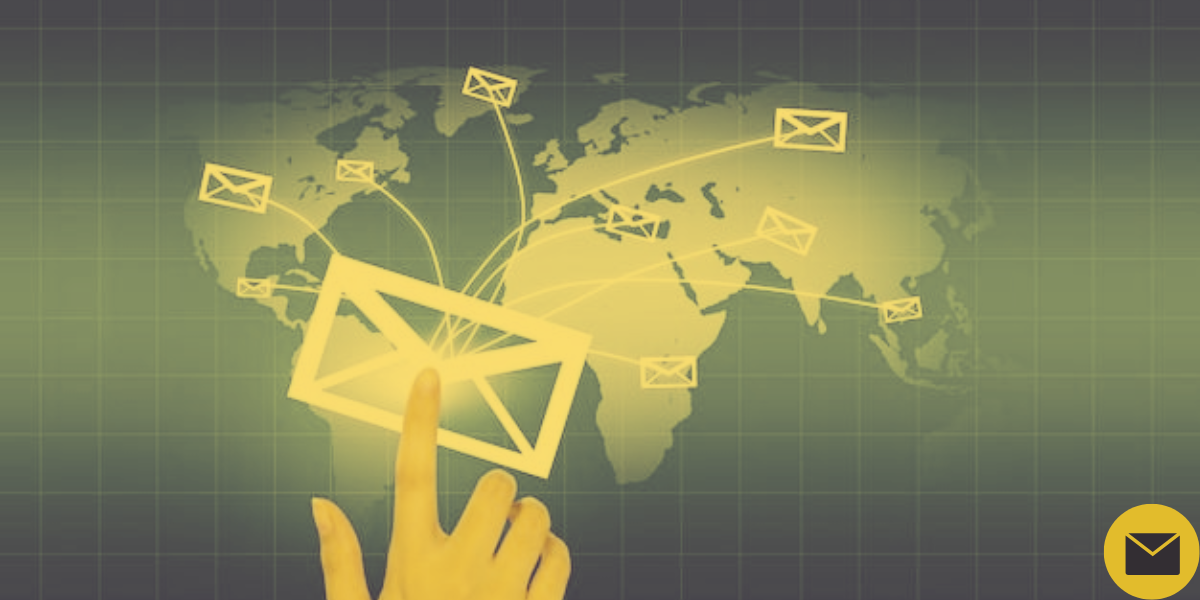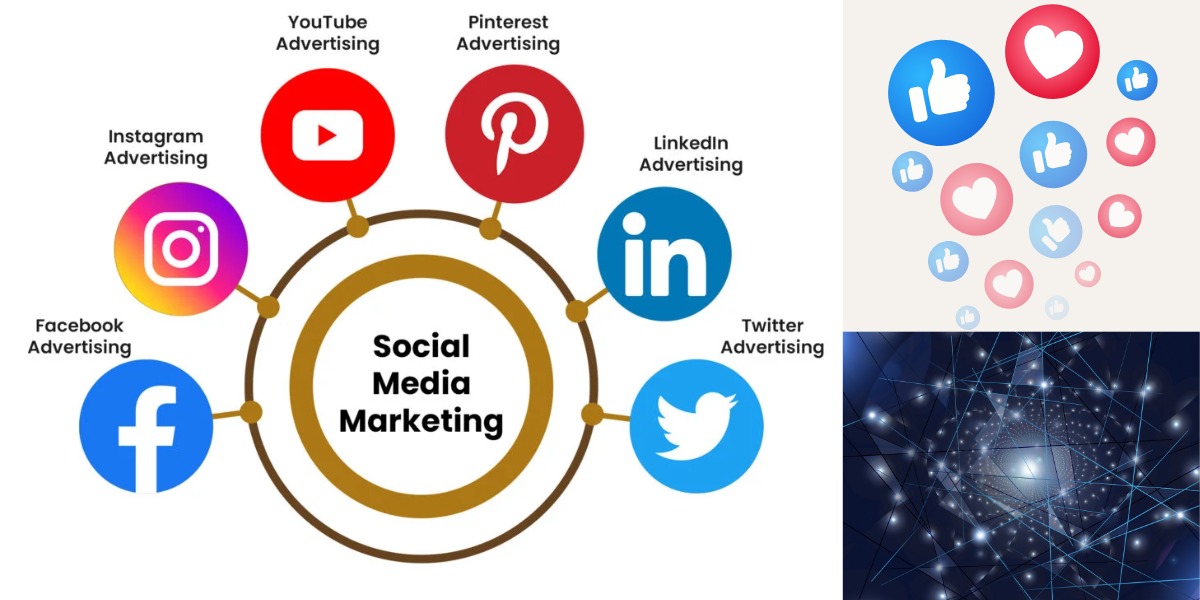In a world where digital messages flood our inboxes by the minute, mastering the Top 5 Strategies for Effective Email Communication isn’t just smart—it’s essential. Whether you’re a seasoned professional, an entrepreneur, or a blogger engaging with your community, the way you craft emails determines whether your message gets noticed or ignored. In this blog post, we’ll delve deep into these five transformative strategies, breaking them down with practical examples and pro tips to help you shine in every email interaction.
1. Clarity is King: Be Direct Yet Polite
The cornerstone of the Top 5 Strategies for Effective Email Communication is clarity. An email cluttered with jargon or vague phrasing can confuse recipients and delay decisions. Every sentence should serve a purpose, guiding the reader toward a clear understanding and action.
Start with a concise subject line—this is your first impression. Instead of “Follow-Up,” try “Project X: Proposal Feedback Needed by Friday.” Inside the message, structure your points with bullet lists or short paragraphs. If you’re requesting something, specify what you need, why you need it, and by when.
Politeness and clarity work hand in hand. Use phrases like “Would you be able to…” or “I’d appreciate your input by…” to maintain tone while remaining focused. This principle from the Top 5 Strategies for Effective Email Communication ensures your message is received with respect and precision.
2. Know Your Audience: Personalize and Adapt
Email isn’t one-size-fits-all. The second pillar of the Top 5 Strategies for Effective Email Communication is audience awareness. Tailoring your message based on who you’re writing to makes it far more impactful.
If you’re emailing a client, formality matters. Use their name, mention past interactions, and maintain professional language. On the other hand, emailing a teammate might allow for a more relaxed tone. Tools like email templates help maintain consistency, but they should be customized to each reader.
Understanding the audience also means knowing their expectations. Are they quick decision-makers? Do they prefer summary reports or detailed explanations? Adapt your message format and content accordingly. Among the Top 5 Strategies for Effective Email Communication, this one directly boosts engagement and builds rapport.
3. Strategic Structuring: Don’t Bury the Lead
One often-overlooked tactic among the Top 5 Strategies for Effective Email Communication is how you structure your email body. A well-organized message helps the recipient process and respond quickly.
Begin with the core message. If you’re announcing a change, requesting a meeting, or sharing feedback, state that upfront. Follow with supporting details, links, or attachments. The email should flow like a story—with an intro, body, and conclusion.
Use formatting tools: bold headlines, line breaks, or numbered lists to guide the reader’s eyes. For example, instead of a dense paragraph, break instructions into steps. This structural clarity is crucial within the Top 5 Strategies for Effective Email Communication because it reduces friction and improves responsiveness.
4. Timing and Tone: Choose When and How Wisely
The fourth tactic from the Top 5 Strategies for Effective Email Communication involves timing and tone—both subtle yet powerful influencers in message success. Send your email when your recipient is most likely to read it, usually mid-morning or early afternoon on weekdays.
Avoid sending critical messages late at night or on weekends unless it’s urgent. The tone also sets the mood: emails written in haste can sound abrupt, even unintentionally rude. So before hitting “Send,” read your message aloud. Does it sound helpful, respectful, and clear?
Automated tools and scheduling platforms help perfect your timing. And using positive language such as “Thanks for your quick feedback” rather than “Still waiting on this” creates an atmosphere of collaboration. Within the Top 5 Strategies for Effective Email Communication, timing and tone often determine whether your email gets answered at all.
5. Follow-Up Framework: Be Thoughtful, Not Pushy
Last but not least in our exploration of the Top 5 Strategies for Effective Email Communication is the art of the follow-up. Silence doesn’t always mean disinterest—it could mean overload, oversight, or indecision.
Send a reminder 3–5 days after your first email if there’s been no response. Keep it courteous: “Just touching base on the proposal I shared last week—let me know if you have any questions or updates.” This gentle nudge respects their time while reiterating your message.
Use email trackers if appropriate—they let you know if your email was opened, which can guide your timing. Avoid multiple follow-ups in short spans; instead, provide additional value in each check-in, like a helpful resource or a quick summary of next steps. Honing this tactic is key within the Top 5 Strategies for Effective Email Communication, especially when building trust and sustaining professional relationships.
Bonus Tips to Supercharge Your Emails
Beyond the Top 5 Strategies for Effective Email Communication, consider these extras for even greater impact:
- Use a Signature Block: Your name, role, social links, and contact info make it easier to connect.
- Leverage Tools: Grammarly for tone, Boomerang for scheduling, and HubSpot for templates can refine your communication.
- Track Metrics: Open rates, response times, and click-through stats help evaluate effectiveness and iterate.
Final Thoughts:
Email isn’t just a tool—it’s a reflection of your professionalism, personality, and priorities. The Top 5 Strategies for Effective Email Communication aren’t tricks or templates; they’re habits that nurture meaningful connections, better outcomes, and lasting credibility. In the blogging world, where clarity and consistency draw in readers, applying these techniques will sharpen your brand voice and strengthen relationships with sponsors, collaborators, and your audience.
Each email you send is a chance to influence, inspire, or inform. Let it be your strength—not a source of stress. The Top 5 Strategies for Effective Email Communication will guide you to not just write better emails—but build better conversations.




One thought on “Top 5 Strategies for Effective Email Communication”